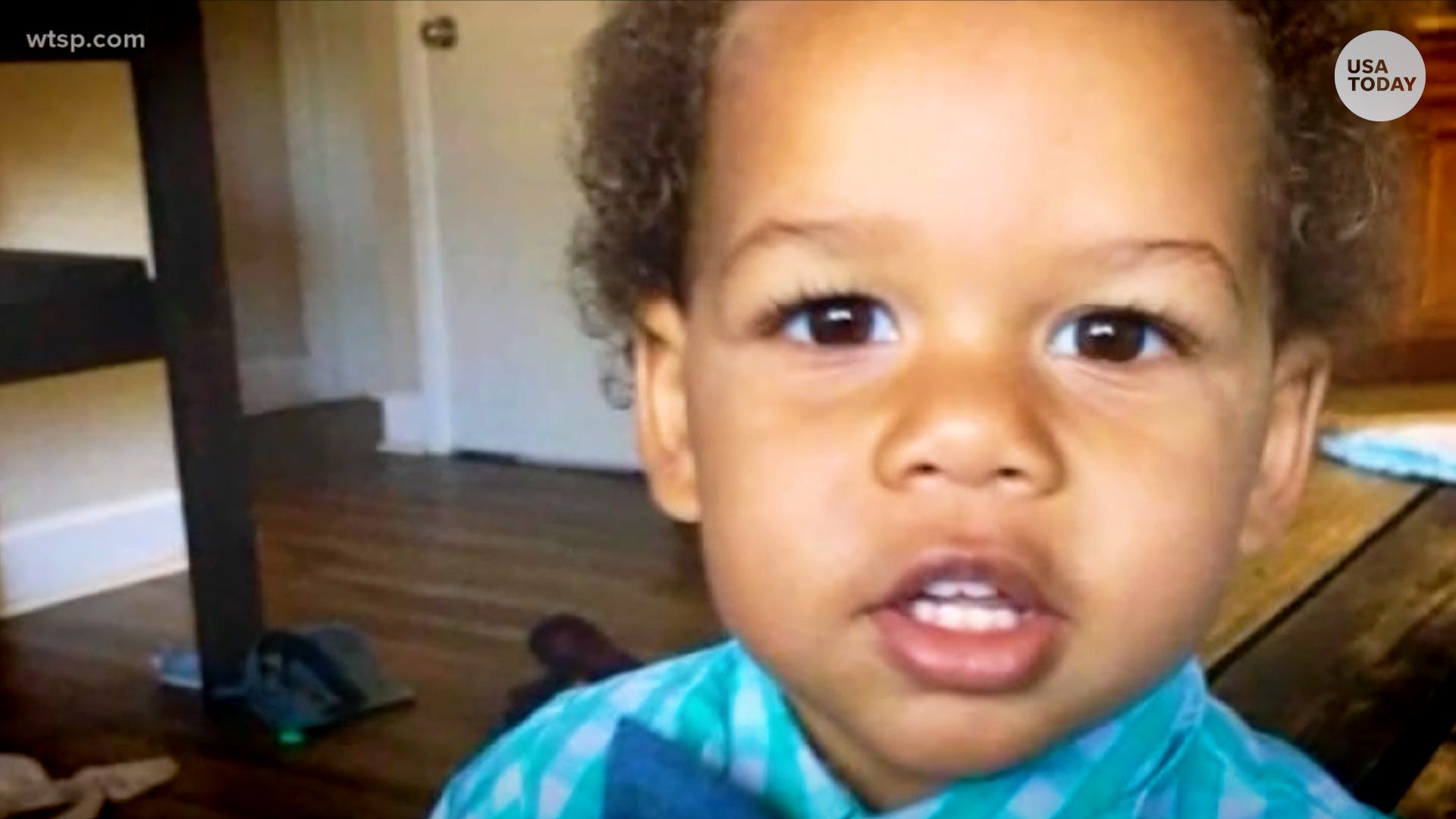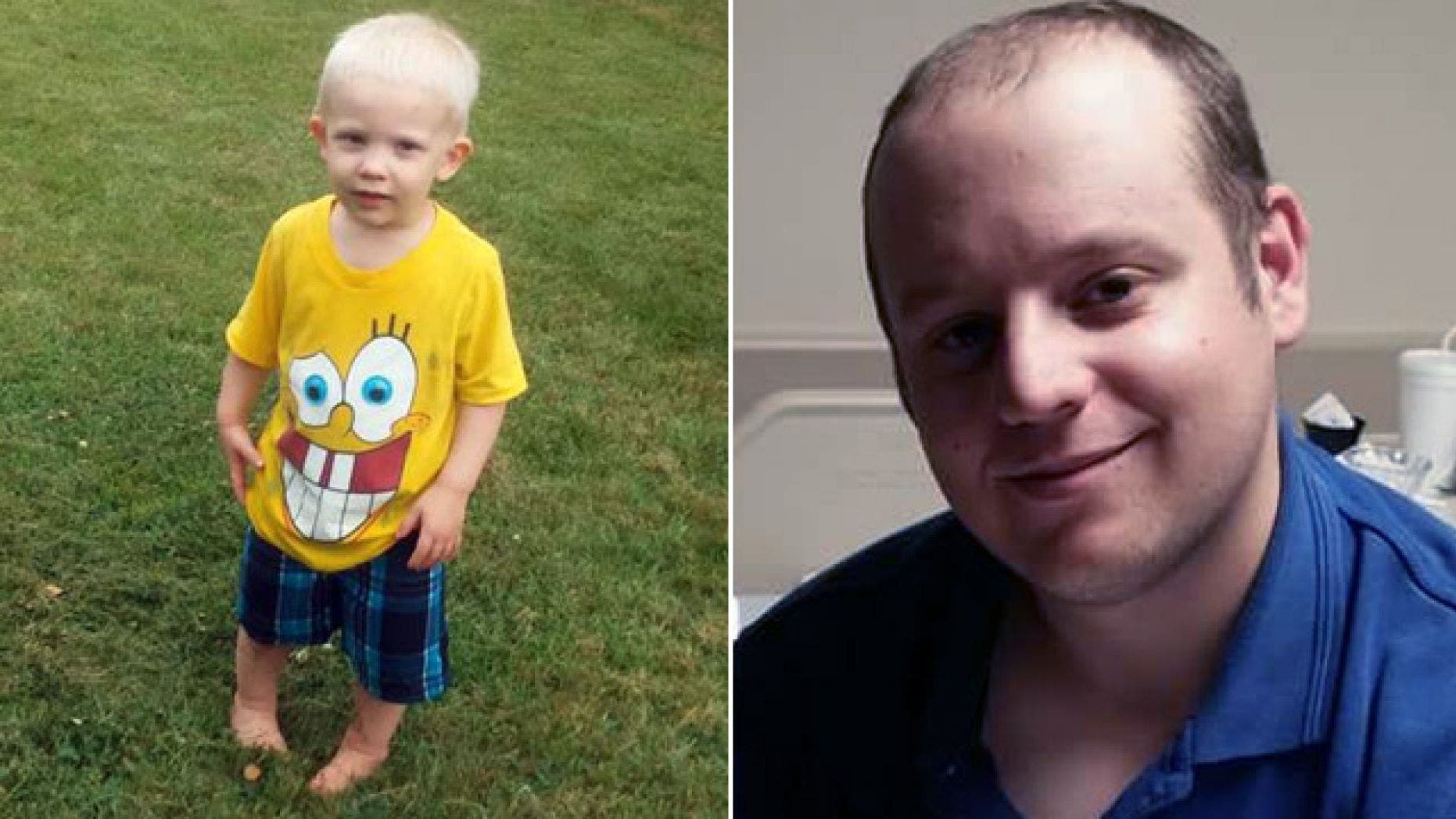In recent years, the phrase "10 year old kills baby" has sparked intense public debate and raised critical questions about child psychology, societal influences, and the justice system. This alarming incident forces us to confront uncomfortable truths about the behavior of children and the factors that may contribute to such tragic outcomes. The phrase itself represents a deeply unsettling reality that demands careful examination.
This issue is not just about the act itself but also about understanding the underlying causes and potential solutions. As we delve into this topic, we will explore the psychological, social, and environmental factors that might lead a child to commit such a heinous act. It is essential to approach this subject with sensitivity and a commitment to finding answers that can prevent future tragedies.
Our goal is to provide a thorough analysis of this phenomenon, backed by expert insights, data, and credible sources. By understanding the "why" behind these incidents, we can work towards creating a safer and more supportive environment for children and communities.
Read also:Diana Rosss Daughter A Spotlight On Her Life And Legacy
Table of Contents
- Background of the Incident
- Psychological Factors in Child Behavior
- Environmental Influences on Child Development
- The Role of the Justice System
- Case Studies: Real-Life Examples
- Biography of Key Individuals Involved
- Preventive Measures for Communities
- Expert Opinions and Insights
- Statistical Analysis of Similar Incidents
- Community Support and Intervention Programs
Background of the Incident
The phrase "10 year old kills baby" refers to cases where a child as young as ten years old commits an act of violence resulting in the death of an infant. These incidents are rare but highly publicized due to their shocking nature. They often raise questions about the mental health of the child, the role of family dynamics, and the broader societal context.
Understanding the background of such incidents requires examining the immediate circumstances surrounding the event. This includes the child's environment, relationships, and any warning signs that may have been overlooked. By analyzing these factors, we can gain a clearer picture of what led to the tragedy.
Identifying Warning Signs
Warning signs in children's behavior can often be overlooked or misinterpreted. These may include:
- Aggressive behavior towards animals or younger siblings.
- Withdrawal from social activities and isolation.
- Exposure to violent media or content.
- Difficulty in expressing emotions in a healthy way.
Recognizing these signs early can be crucial in preventing future incidents.
Psychological Factors in Child Behavior
Child psychology plays a significant role in understanding why a child might commit such an act. Factors such as trauma, neglect, and mental health disorders can contribute to aggressive or violent behavior. It is important to consider the psychological state of the child involved in these incidents.
Experts in child psychology emphasize the importance of early intervention and support for children exhibiting signs of distress or aggression. Providing access to mental health services and counseling can help address underlying issues before they escalate.
Read also:How Many People Does Madison Square Garden Hold A Comprehensive Guide
Impact of Trauma on Child Development
Trauma can have a profound impact on a child's development, affecting their ability to regulate emotions and make sound decisions. Children who have experienced trauma may struggle with impulse control and empathy, increasing the likelihood of violent behavior.
Studies show that trauma-informed care can significantly reduce the risk of violent behavior in children. Programs that focus on healing and resilience can help children overcome the effects of trauma and develop healthier coping mechanisms.
Environmental Influences on Child Development
The environment in which a child grows up can greatly influence their behavior. Factors such as exposure to violence, unstable family dynamics, and socioeconomic challenges can contribute to the development of aggressive tendencies. Understanding these environmental influences is key to addressing the root causes of such incidents.
Communities play a vital role in shaping the environment for children. By promoting safe spaces, positive role models, and access to resources, communities can help prevent the occurrence of tragic events like "10 year old kills baby."
Role of Media and Technology
Media and technology can have both positive and negative effects on child development. Exposure to violent content, especially at a young age, can desensitize children to violence and increase the likelihood of aggressive behavior. On the other hand, educational media and technology can provide valuable learning opportunities and promote positive social behavior.
Parents and caregivers should be mindful of the media their children consume and actively engage in discussions about its content.
The Role of the Justice System
The justice system must balance the need for accountability with the recognition that children are still developing and capable of change. Cases involving minors require a different approach than those involving adults, emphasizing rehabilitation over punishment.
Juvenile justice systems around the world are increasingly focusing on restorative justice practices, which aim to repair harm and reintegrate offenders into society. These practices can be particularly effective for young offenders, offering them a chance to learn from their mistakes and contribute positively to their communities.
Challenges in Juvenile Justice
Despite advancements in juvenile justice, challenges remain. Limited resources, overcrowded facilities, and outdated policies can hinder the effectiveness of rehabilitation programs. Advocates for juvenile justice reform call for increased funding and innovative approaches to address these challenges.
Collaboration between law enforcement, educators, and mental health professionals is essential in creating a comprehensive approach to juvenile justice.
Case Studies: Real-Life Examples
Examining real-life case studies can provide valuable insights into the complexities of incidents involving "10 year old kills baby." These cases highlight the multifaceted nature of such events and the importance of addressing all contributing factors.
One notable case involved a ten-year-old child who acted out of perceived self-defense after years of neglect and abuse. Another case highlighted the role of peer pressure and exposure to violent media in influencing a child's behavior. Each case offers unique lessons and underscores the need for tailored interventions.
Lessons Learned from Case Studies
From these case studies, we can identify common themes and lessons:
- The importance of early intervention and support for at-risk children.
- The need for comprehensive assessments of family and community dynamics.
- The value of collaboration between various stakeholders in preventing future incidents.
By learning from these cases, we can develop more effective strategies for addressing the issue.
Biography of Key Individuals Involved
In some cases, understanding the biography of key individuals involved can provide additional context. Below is a brief overview of a fictional individual involved in such an incident:
| Name | John Doe |
|---|---|
| Age | 10 years |
| Family Background | Single-parent household with a history of domestic violence |
| Education | Attended local public school, struggled with academics and behavior |
| Hobbies | Spent time playing video games and watching television |
Preventive Measures for Communities
Communities have a crucial role in preventing incidents involving "10 year old kills baby." By implementing preventive measures, communities can create safer environments for children and reduce the likelihood of such tragedies.
Preventive measures may include:
- Establishing mentorship programs for at-risk youth.
- Providing access to mental health services and counseling.
- Organizing community events that promote positive social interaction.
These initiatives can foster a sense of belonging and support for children and families.
Community Engagement Strategies
Engaging the community in prevention efforts is essential for their success. Strategies may include:
- Hosting workshops and seminars on child development and mental health.
- Encouraging open dialogue between parents, educators, and community leaders.
- Partnering with local organizations to provide resources and support.
By involving the entire community, we can create a network of support that benefits everyone.
Expert Opinions and Insights
Experts in child psychology, criminology, and social work offer valuable insights into the issue of "10 year old kills baby." Their research and experience provide a deeper understanding of the factors involved and potential solutions.
Dr. Jane Smith, a renowned child psychologist, emphasizes the importance of early intervention and support for at-risk children. She states, "By addressing the underlying issues early on, we can prevent these tragic incidents and help children lead healthier, more productive lives."
Research Findings
Research conducted by the National Institute of Mental Health highlights the effectiveness of trauma-informed care in reducing violent behavior in children. Studies show that children who receive early intervention and support are less likely to engage in aggressive or violent behavior later in life.
These findings underscore the importance of investing in programs and resources that address the root causes of such incidents.
Statistical Analysis of Similar Incidents
Statistical data provides valuable insights into the prevalence and trends of incidents involving "10 year old kills baby." According to the Centers for Disease Control and Prevention, while rare, these incidents have increased slightly in recent years, highlighting the need for targeted prevention efforts.
Data also reveals that children involved in such incidents often share common characteristics, such as exposure to violence, neglect, or mental health issues. Understanding these trends can help inform prevention strategies and resource allocation.
Comparative Analysis
A comparative analysis of similar incidents across different regions reveals variations in contributing factors and outcomes. For example, urban areas tend to have higher rates of exposure to violence, while rural areas may struggle with limited access to resources.
These variations emphasize the need for tailored approaches that address the specific needs of each community.
Community Support and Intervention Programs
Community support and intervention programs are critical in addressing the issue of "10 year old kills baby." By providing resources and support, communities can help prevent future incidents and promote healing for those affected.
Programs such as after-school activities, counseling services, and family support groups can make a significant difference in the lives of at-risk children and families.
Success Stories
Several communities have successfully implemented programs that have reduced the incidence of violent behavior in children. For example, a program in Chicago focused on mentoring and job training for at-risk youth has seen a 30% reduction in violent crimes involving minors.
These success stories demonstrate the potential impact of community-driven initiatives in addressing complex social issues.
Conclusion
In conclusion, the issue of "10 year old kills baby" is a complex and multifaceted problem that requires a comprehensive approach to address. By understanding the psychological, social, and environmental factors involved, we can develop effective strategies for prevention and intervention.
We invite you to share your thoughts and experiences in the comments below. Your insights can help us better understand this issue and work towards creating safer communities for all. Additionally, feel free to explore other articles on our site for more information on related topics.


